Mechanisms and Support Policies of Urban Integration on the Health of Migrant Workers in China
DOI: 10.23977/socsam.2024.050111 | Downloads: 4 | Views: 156
Author(s)
Fei Zhang 1
Affiliation(s)
1 College of Economics and Management, Zhejiang Normal University, Jinhua, Zhejiang, China
Corresponding Author
Fei ZhangABSTRACT
The resolution of health issues among the migrant population, predominantly composed of rural migrant workers, constitutes an integral aspect of China's initiatives towards "human-centered urbanization" and "new urbanization." The interaction between health, income, and medical insurance systems with urban integration mechanisms underscores this relationship. The impact of urban integration on the health of rural migrant workers primarily manifests through mechanisms such as social support, health selection, and population heterogeneity. Simultaneously, health influences urban stay intentions and social mobility through employment and income dynamics. Therefore, it is imperative to comprehensively enhance the health of rural migrant workers through measures such as fostering a fair employment environment, equalizing urban public service provisions, modernizing the management of migrant populations, and optimizing the entrepreneurial environment for rural migrant workers upon returning to their hometowns. These efforts are essential for promoting interactions between urban and rural elements and for advancing the urbanization process more effectively.
KEYWORDS
Urban Integration, Migrant Workers, HealthCITE THIS PAPER
Fei Zhang, Mechanisms and Support Policies of Urban Integration on the Health of Migrant Workers in China. Social Security and Administration Management (2024) Vol. 5: 78-84. DOI: http://dx.doi.org/10.23977/socsam.2024.050111.
REFERENCES
[1] Fei, Z. (2023) Study on the dilemma and countermeasures of rural-urban migrant workers citizenization, Journal of Human Resource Development, 5(03), 63-69.
[2] Fei, Z., Wei X., and Adnan K. (2023) The interplay of migrant workers' working hours, income, and well-being in China. Sustainability, 15(14), 11409.
[3] Yuan, R., Minle, W. (2006) Social integration of floating population in urban China: a literature review. Population Research, (03), 87-94.
[4] Jianjun, T., Yue, X., and Huanguang Q. (2022) Integration of migrants in poverty alleviation resettlement to urban China. Cities, 120, 103501.
[5] Juhua, Y. (2009) Segregation, selective assimilation and assimilation: a conceptual framework of rural to urban migrants adaptation at destination. Population Research, 33(1), 17-29.
[6] Perez, L. G., Arredondo, E. M., McKenzie, T. L., Holguin, M., Elder, J. P., and Ayala, G. X. (2015). Neighborhood social cohesion and depressive symptoms among Latinos: Does use of community resources for physical activity matter? Journal of Physical Activity and Health, 12(10), 1361-1368.
[7] Zhongshan, Y., Eric, F., Yue Y., and Shuzhuo, L. (2019) Life satisfaction and internal migration experience: migrant workers in Guangzhou, China. Asian Population Studies, 15(3), 302 - 318.
[8] Noymer A, Lee R. (2013) Immigrant health around the world: evidence from the world values survey. Journal of Immigrant and Minority Health, 15(3), 614-623.
[9] Fancun, M., Tiancheng L., and Zhiwei, S. (2019) A Study on the influence of urban integration on the physical health of rural migrant workers. Journal of Ocean University of China (Social Sciences), (04), 104-113.
[10] Juhua, Y., Jiaojiao, Z. (2016) Human capital and migrants' assimilation in China. Population Research, 40(4), 3-20.
[11] Qiuhong, S. (2012) Analysis on influencing factors of floating population's residence intention: based on the survey of six cities in China. Economic Research Guide 2, 92-95.
| Downloads: | 2478 |
|---|---|
| Visits: | 66174 |
Sponsors, Associates, and Links
-
Information Systems and Economics

-
Accounting, Auditing and Finance

-
Industrial Engineering and Innovation Management
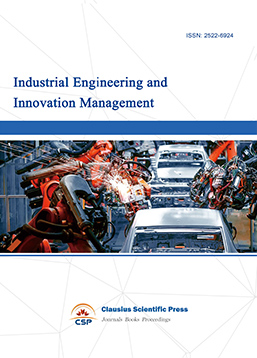
-
Tourism Management and Technology Economy

-
Journal of Computational and Financial Econometrics

-
Financial Engineering and Risk Management

-
Accounting and Corporate Management

-
Population, Resources & Environmental Economics

-
Statistics & Quantitative Economics

-
Agricultural & Forestry Economics and Management
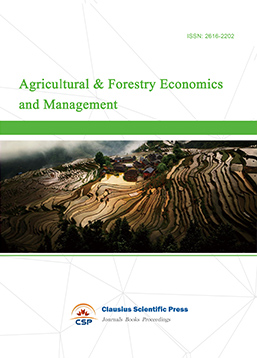
-
Social Medicine and Health Management
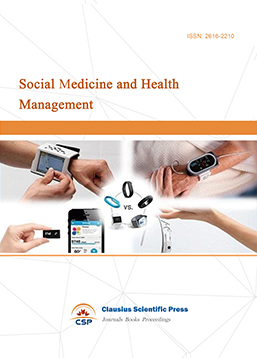
-
Land Resource Management
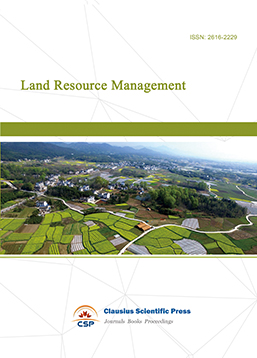
-
Information, Library and Archival Science

-
Journal of Human Resource Development

-
Manufacturing and Service Operations Management
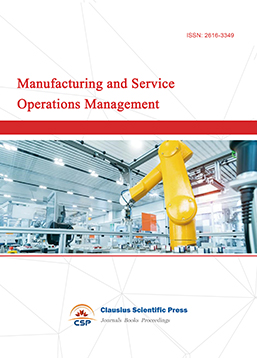
-
Operational Research and Cybernetics


 Download as PDF
Download as PDF